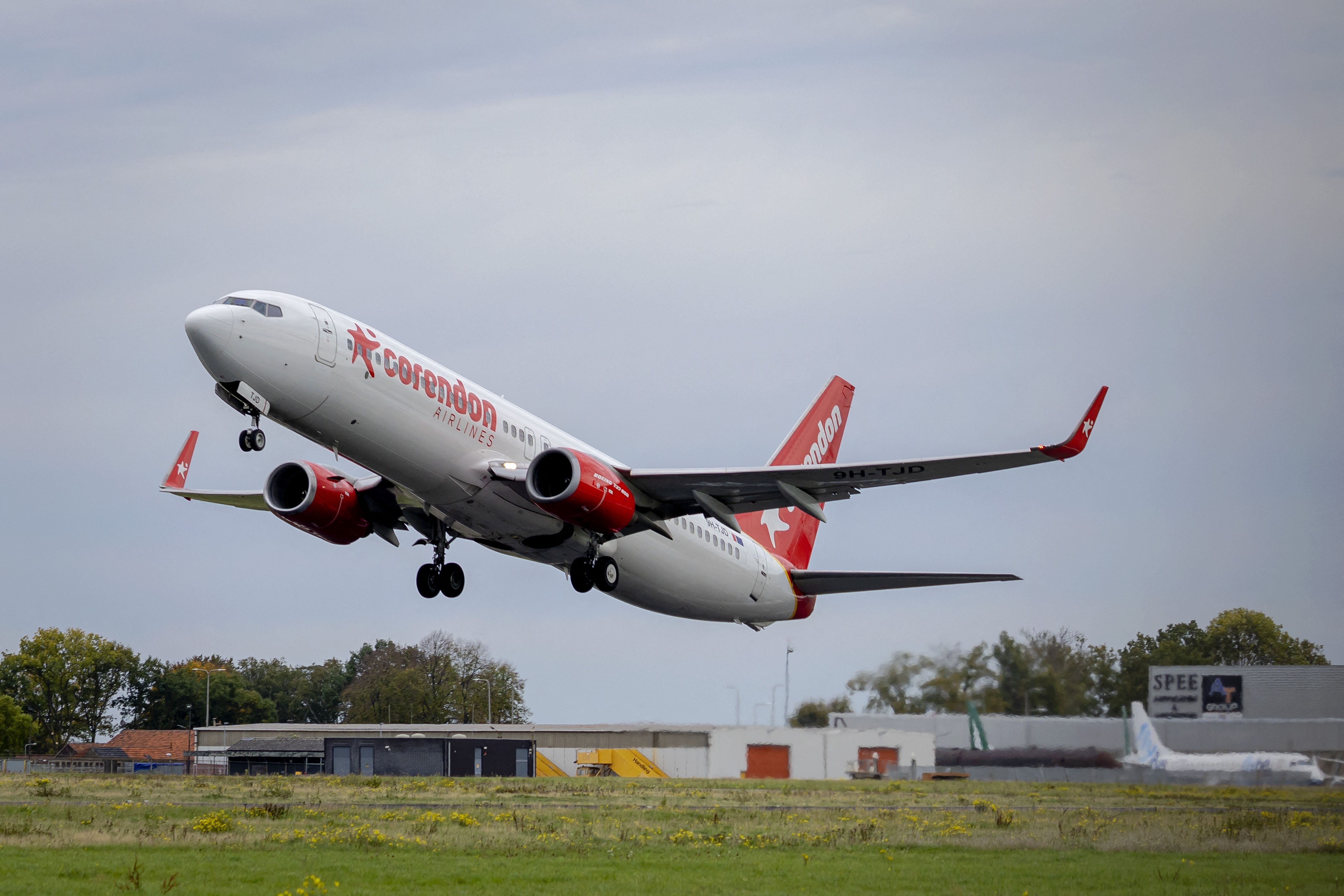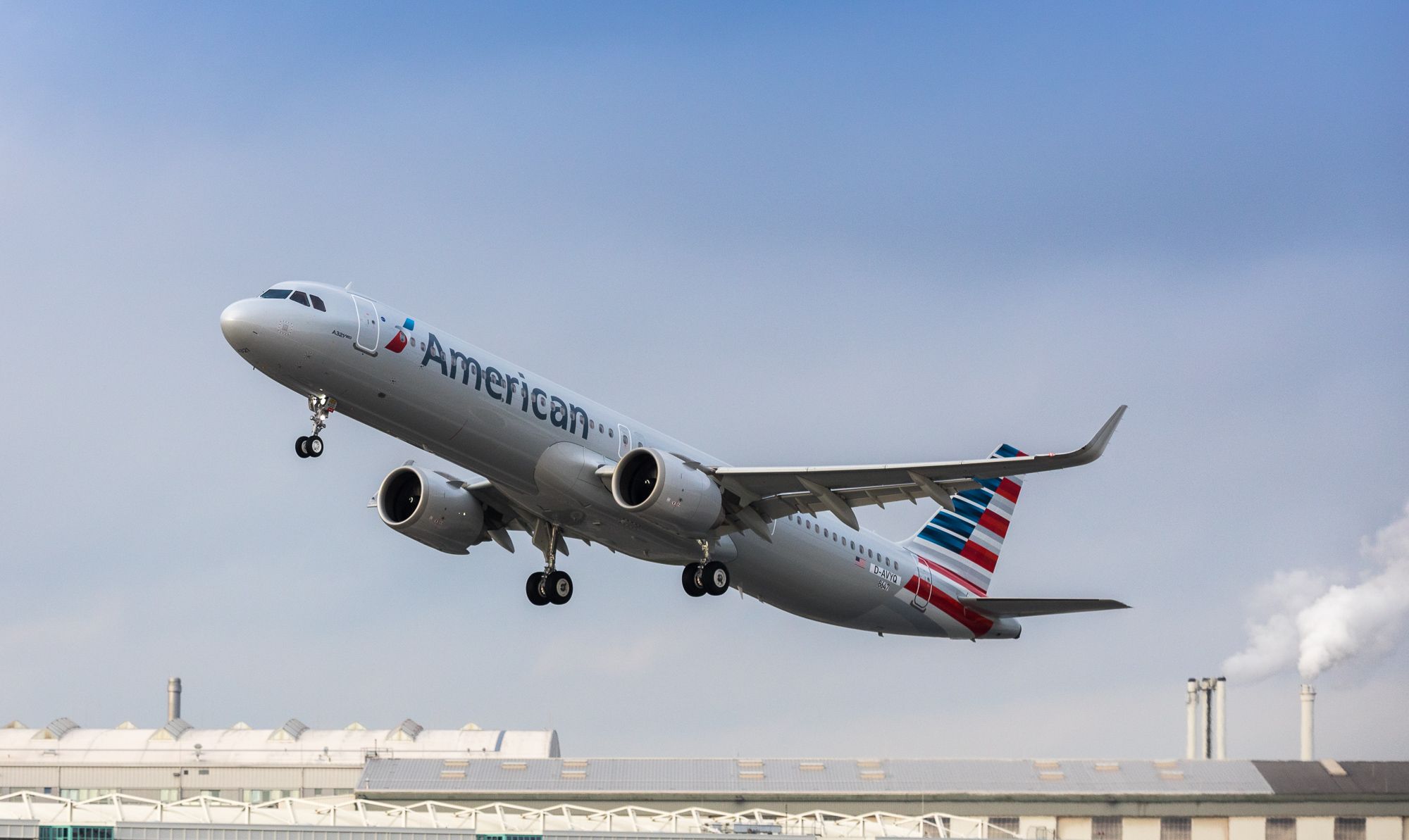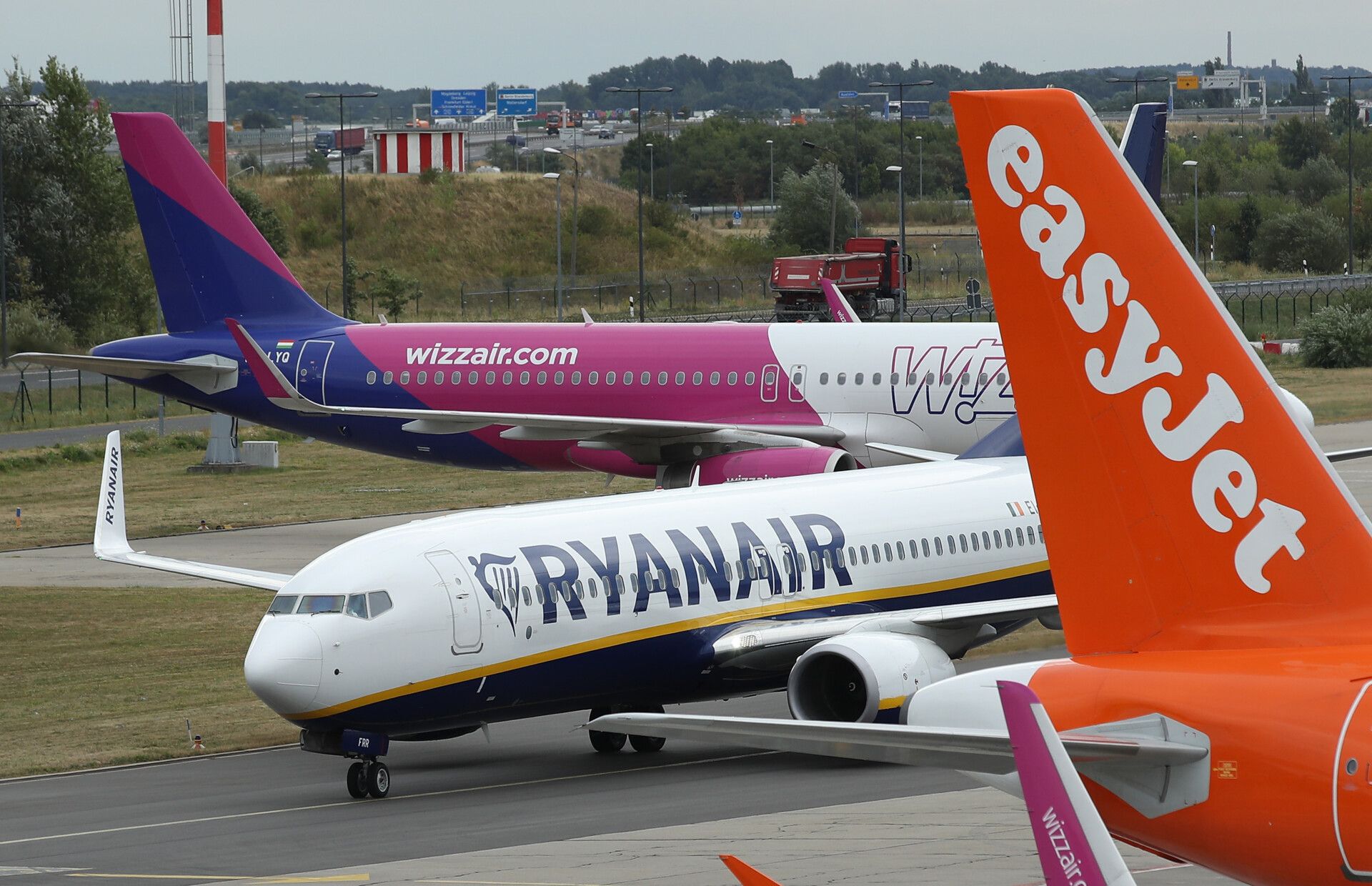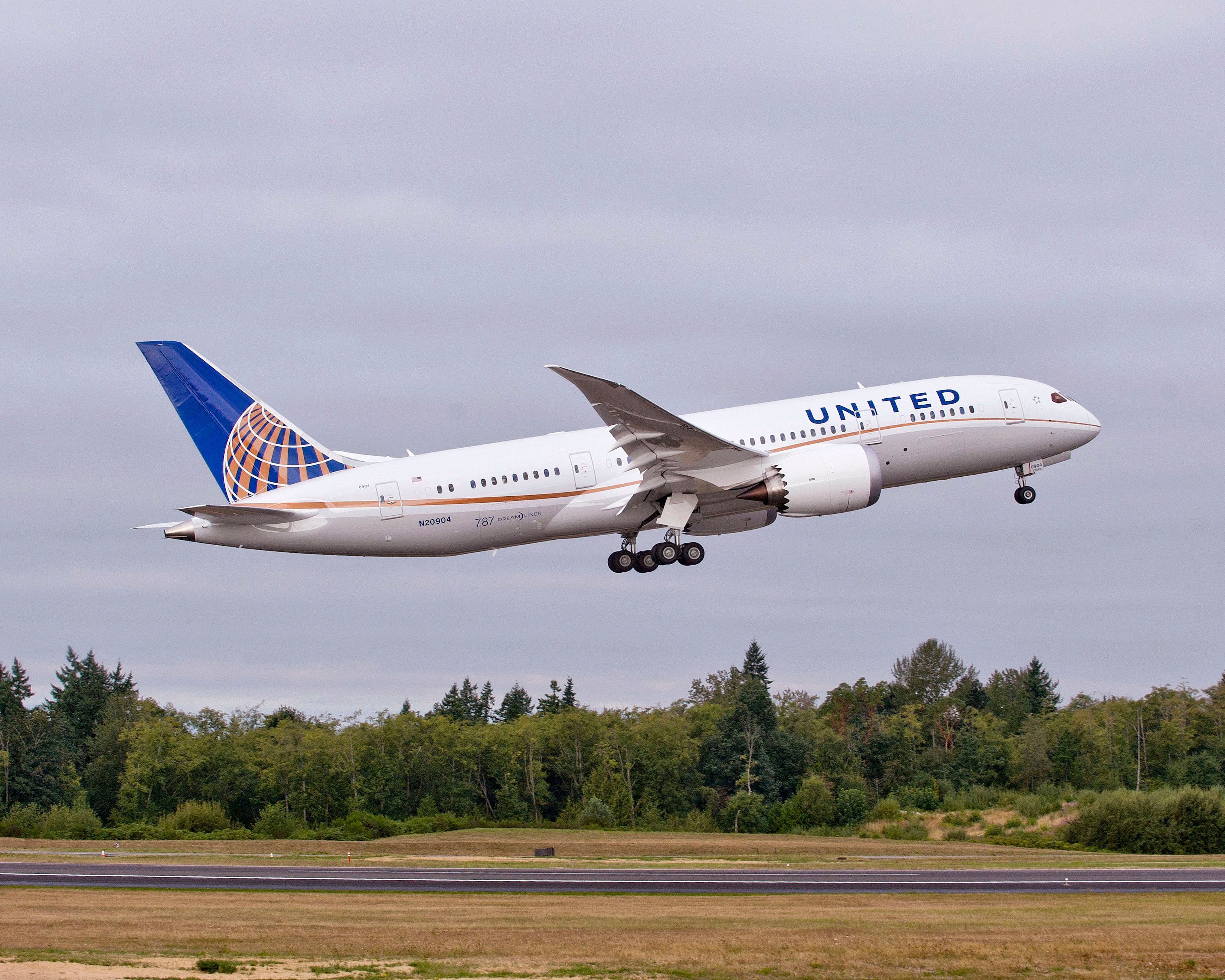Load factor might be a term you've heard while discussing the performance of an airline or specific routes. It essentially means what percentage its of available seats an airline has been able to sell on its flights during a given period. The load factor can be a critical figure for airlines, proving their success in the market.
Breaking even
Every airline aims to maximize its load factor; put simply, they want to sell as many seats as possible on all of their flights. By carrying more passengers, airlines grow their revenue and eventually reach a breakeven, beyond which they can turn a profit. Each airline's breakeven load factor differs, and depends on their costs and expenditure, with the figure usually being around 70% on average.
A 2020 analysis by Forbes showed that big US airlines like American, Delta, Southwest, and United need a load factor between 72.5% (Southwest) and 78.9% (American) in order to not make a loss on their flights. This means when these carriers reach loads of 90% and beyond, it signals a very profitable month or year.
Get the latest aviation news straight to your inbox: Sign up for our newsletters today.
Keeping it high
For budget airlines like Ryanair, the load factor is absolutely critical. Since it offers extremely cheap fares with low margins, the carrier must fill up its aircraft to sustain itself. Furthermore, such carriers make a lot of money through buy-onboard catering, so busier planes will likely mean more revenue in this regard.
This model works for Ryanair, as, in 2019, the carrier achieved an impressive 96% load factor. This meant that an average of only around seven or eight seats (4% of capacity) on its 189-seat Boeing 737-800s were empty per flight.
It should be noted that full-service airlines like Delta and American can get away with slightly lower load factors (but still well above the breakeven mark). This is partially thanks to lucrative corporate contracts and business travel.
Want answers to more key questions in aviation? Check out the rest of our guides here!
Route selection
Route planning is an important step for airlines when it comes to achieving optimum load factors, and it requires extensive research to see if it will be profitable. However, once flights begin operating, airlines watch the load factor intently to see if the route is doing well. The load factor is a key indicator of success when deciding whether to cancel a route or increase frequencies and services.
More recently, airlines have also begun using low load factors as a reason to cancel flights and reduce services. In 2020, United rolled out an automatic software to cancel low-load flights under 30% and find alternatives for passengers. Amid the challenges of the coronavirus pandemic, certain carriers recorded load factors in the single digits in April 2020, but how does the situation look now?
A way to track an airline's recovery
While revenue and load factor aren't always the same, they are correlated to each other. As airlines recover after the coronavirus pandemic, keeping an eye on the load factor signals how many passengers are willing to fly, and who they want to fly with. Of course, airlines with high load factors could also be much smaller, so the number should be taken with a pinch of salt when comparing airlines.
Nonetheless, regardless of an airline's size, its load factor now compared to before and during the global health crisis can be a useful means of charting its recovery. For example, TAP Air Portugal achieved a figure of 80.4% in the second quarter of 2022, representing a 32% increase compared to the same period last year. Icelandic carrier PLAY has also seen consistent load factor growth in 2022.
What do you make of load factor as a way to chart an airline's success and recovery? Have you noticed flights getting busier in recent months? Let us know your thoughts and experiences in the comments!
Source: Forbes




